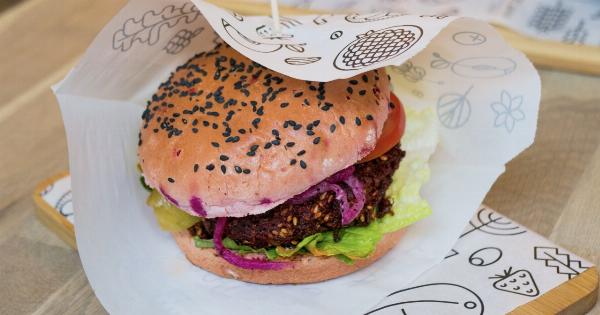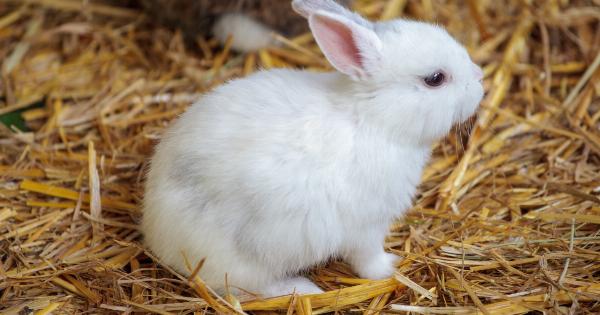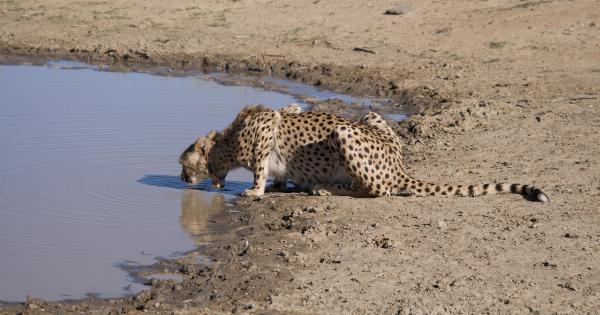Plastic is an everyday material that we use in various forms, shapes, and sizes. It’s ubiquitous and has become an essential component in various industries.
It’s manufactured from a variety of sources, and the process involves different stages, including sourcing the raw material, production, and distribution. Two countries that have taken the lead in plastic production are the Czech Republic and Thailand.
The Czech Republic’s Plastic Industry
The Czech Republic is located in Central Europe and has a well-developed economy. The country’s plastic industry includes the manufacturing of plastic products, packaging, and engineering plastics.
The plastic industry in the Czech Republic accounts for over 2.3% of the total manufacturing industry. The country has a strong focus on engineering plastic that delivers high-performance and is used in various industries, including construction, automotive, electronics, and medical devices.
The Raw Materials
Plastic is derived from crude oil, which is processed in a refinery to produce ethane and propane. These raw materials are transported to plastic manufacturing facilities where they are used to produce polyethylene and polypropylene.
Polyethylene is used to produce plastic bags, packaging material for food and other goods, and plastic film. Polypropylene is used to manufacture automotive parts, household appliances, packaging and containers, and medical devices.
The Manufacturing Process
The manufacturing process of plastic involves several stages, starting from the transportation of raw materials to the final packaging of the finished product.
The process of manufacturing plastic in the Czech Republic involves extrusion, wherein the polyethylene or polypropylene is melted and formed into pellets or sheets.
These pellets or sheets are then moulded into various shapes and sizes using injection moulding technology. This technology involves injecting melted plastic into a mould where it solidifies, forming the desired shape.
Injection moulding is used to produce plastic products like toys, automotive parts, and medical devices.
The Packaging Industry
The plastic packaging industry in the Czech Republic accounts for over 20% of the country’s total plastic industry. Plastic packaging is used to package various goods, including food, cosmetics, healthcare products, and other products.
.The packaging industry in the Czech Republic is highly regulated to ensure the safety and quality of the products being shipped. The industry focuses on producing sustainable and environmentally friendly packaging.
In recent years, the use of recycled plastic materials has become more common, leading to a reduced environmental impact.
Thailand’s Plastic Industry
Thailand is located in Southeast Asia and has a well-developed economy. The country’s plastic industry is one of the largest in the region and accounts for over 5% of the total manufacturing industry.
The plastic industry in Thailand includes the production of plastic products, packaging, and engineering plastics.
The Raw Materials
Like the Czech Republic, Thailand’s plastic industry relies on crude oil to produce plastic. Crude oil is processed in a refinery to produce ethane and propane, which are used as raw materials to produce polyethylene and polypropylene.
The Manufacturing Process
Similar to the Czech Republic, the manufacturing process for plastic in Thailand involves several stages, starting from the transportation of raw materials to the final packaging of the finished product.
The process involves the use of extrusion and injection moulding technology to produce various plastic products.
The Packaging Industry
Thailand’s plastic packaging industry is one of the largest in the region and accounts for over 20% of the country’s total plastic industry.
The packaging industry produces various types of packaging, including rigid and flexible plastic packaging for food products, beverages, and other goods.
The plastic packaging industry in Thailand is highly regulated to ensure the safety and quality of the products being shipped. The industry focuses on producing sustainable and environmentally friendly packaging.
The use of recycled plastic materials has become more common in recent years, leading to a reduced environmental impact.
The Environmental Impact of Plastic Production
The production of plastic has significant environmental impacts, from its raw material extraction to end-of-life management. The extraction of crude oil and its transportation to plastic manufacturing facilities leads to air and water pollution.
The plastic production process also generates greenhouse gas emissions that contribute to climate change.
After the plastic material is used, it often ends up in landfills or as litter in the environment, posing a significant threat to wildlife and ecosystems.
Plastic pollution has numerous negative impacts on the environment, including habitat destruction, poisoning of marine life, and microplastic contamination.
The Way Forward
The plastic industry must work towards producing more sustainable and environmentally friendly products while reducing the negative impacts that come along with the production process.
The use of recycled plastic materials and the implementation of biodegradable plastics can significantly reduce the environmental impact of plastic production.
Plastic remains a crucial component in various industries, including packaging, construction, and medical devices. However, there is a need for a more sustainable approach towards its production and use.
The plastic industry in the Czech Republic and Thailand can play a significant role in driving innovation towards sustainable plastic production.
Conclusion
The Czech Republic and Thailand have established themselves as leaders in plastic production, with strong plastic manufacturing industries that include the production of plastic products, packaging, and engineering plastics.
While plastic remains a crucial component in various industries, it has significant environmental impacts that must be mitigated. The plastic industry must work towards producing more sustainable and environmentally friendly products while reducing the negative impacts that come with the production process.































